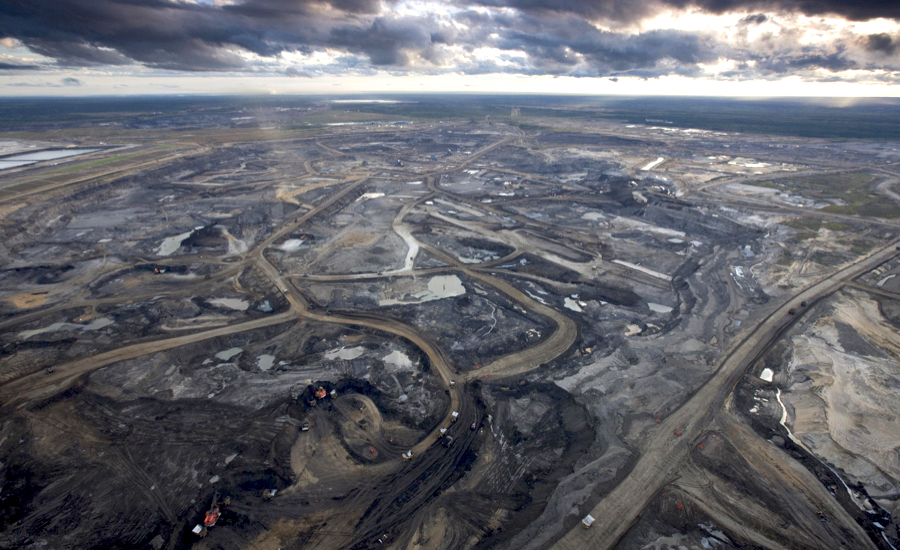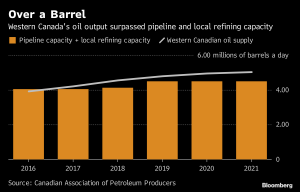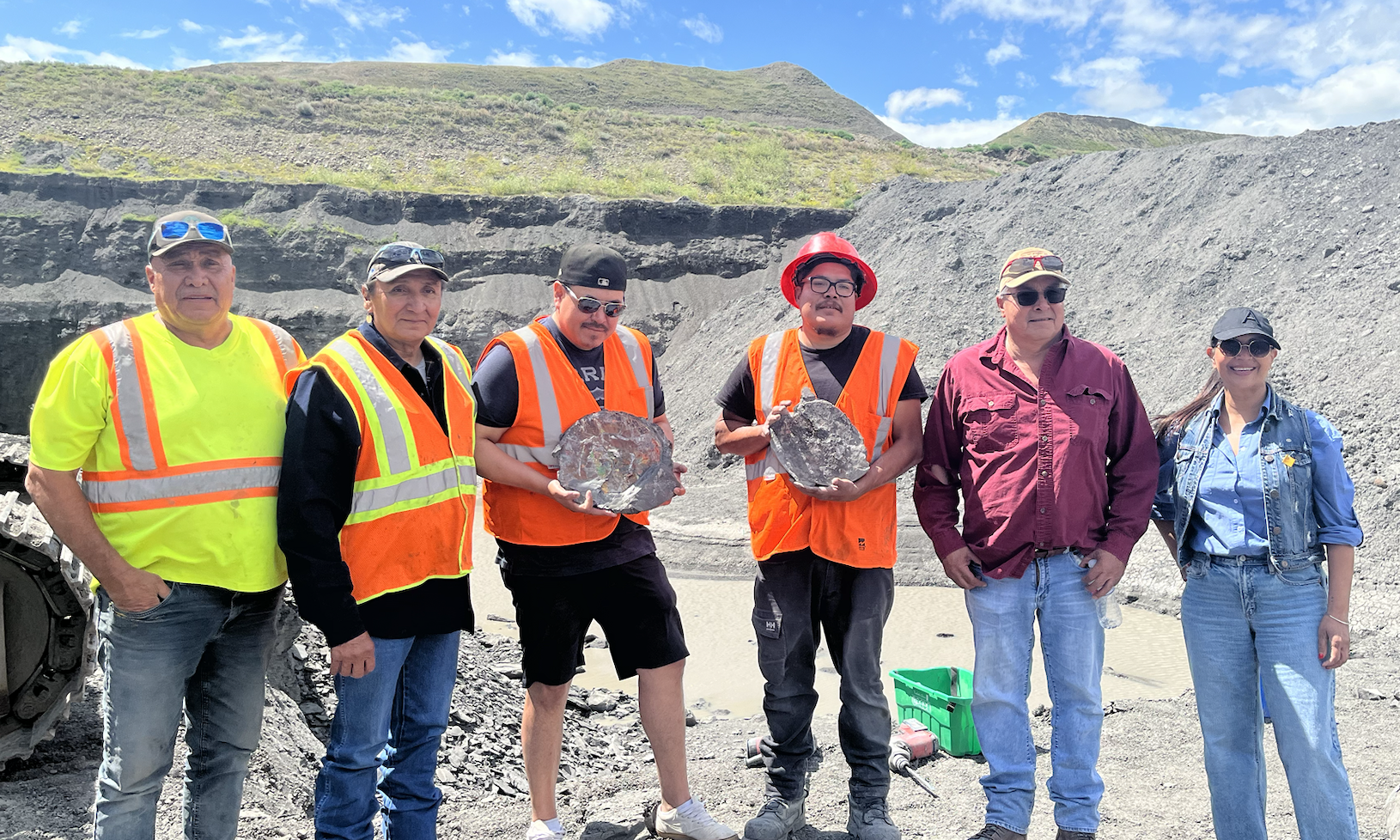Next year’s challenge for Canada’s oil patch comes from the sea

Just when relief was in sight for Canada’s beleaguered heavy oil producers, a new threat is emerging.
A new rule taking effect in 2020 aimed at reducing pollution by cutting the sulfur content of maritime fuel will make sulfur-heavy oil sands crude less desirable. That may dampen the impact of an Enbridge Inc. pipeline expansion and additional rail capacity that oil producers are counting on to ease a transportation glut from Alberta.
Heavy oil prices sank to less than $15 a barrel, as rising production swamped existing pipelines and rail routes, forcing some producers to shut in output. Some companies have called for Alberta’s provincial government to mandate supply cuts across the industry. Alberta Premier Rachel Notley said she is studying the concept and announced that the province will buy rail cars to help ship more crude.
“We’ve got challenges with respect to pipelines, we’ve got challenges with respect to rail and now we’ve got challenges with respect to our demand market,” Allan Fogwill, chief executive officer of the Canadian Energy Research Institute said at a presentation in Calgary Wednesday.

Next year, rail exports could almost double from a record 270,000 barrels a day in September, according to company announcements. In the second half of 2019, Enbridge’s Line 3 will add 375,000 barrels a day of extra pipeline capacity. That’s around the time the International Maritime Organization 2020 rule starts to impact local crude prices, according to analysts including CERI’s Fogwill, IHS Markit’s Kurt Barrow and Wood Mackenzie’s Mark Oberstoetter.
The producers most exposed to these steep discounts include oil companies with limited or no refining operations such as Cenovus Energy Inc. and MEG Energy Corp. and Athabasca Oil Corp., Royal Bank of Canada Analyst Greg Pardy said last month.
Western Canadian Select, the main oil sands grade, may average about $20 a barrel below West Texas Intermediate for most of next year, about equal to the cost of rail transport, said Wood Mackenzie’s Oberstoetter, lead analyst for Canadian upstream research. Gains from Line 3 will almost be canceled out by losses from the IMO ship fuel rules.
During the first year, the ship-fuel standard will make WCS crude about $7 or $8 a barrel cheaper relative to West Texas Intermediate futures than it would normally be, IHS Markit’s Barrow, vice president of the oil markets for midstream and downstream energy, said by phone from Houston. WCS traded at $29 a barrel less than futures on Friday, data compiled by Bloomberg show.
CERI’s forecast is direr. Heavy Canadian crude could trade at $33 a barrel below WTI for the long term because of the lower sulfur rule, Fogwill said in a presentation Wednesday. At that price, as much as 570,000 barrels a day of oil sands production is “at risk” of becoming unprofitable.
To make things worse, oil supply in Western Canada will increase by 236,000 barrels to about 4.78 million barrels a day, according to the Canadian Association of Petroleum Producers. That will exceed the estimated 4.5 million-barrel pipeline capacity, even with Enbridge’s Line 3 addition.
“We are at an historically crucial point in terms of how tight this infrastructure is,” Oberstoetter said.
Reporting by by Robert Tuttle.
More News
{{ commodity.name }}
{{ post.title }}
{{ post.date }}

Comments